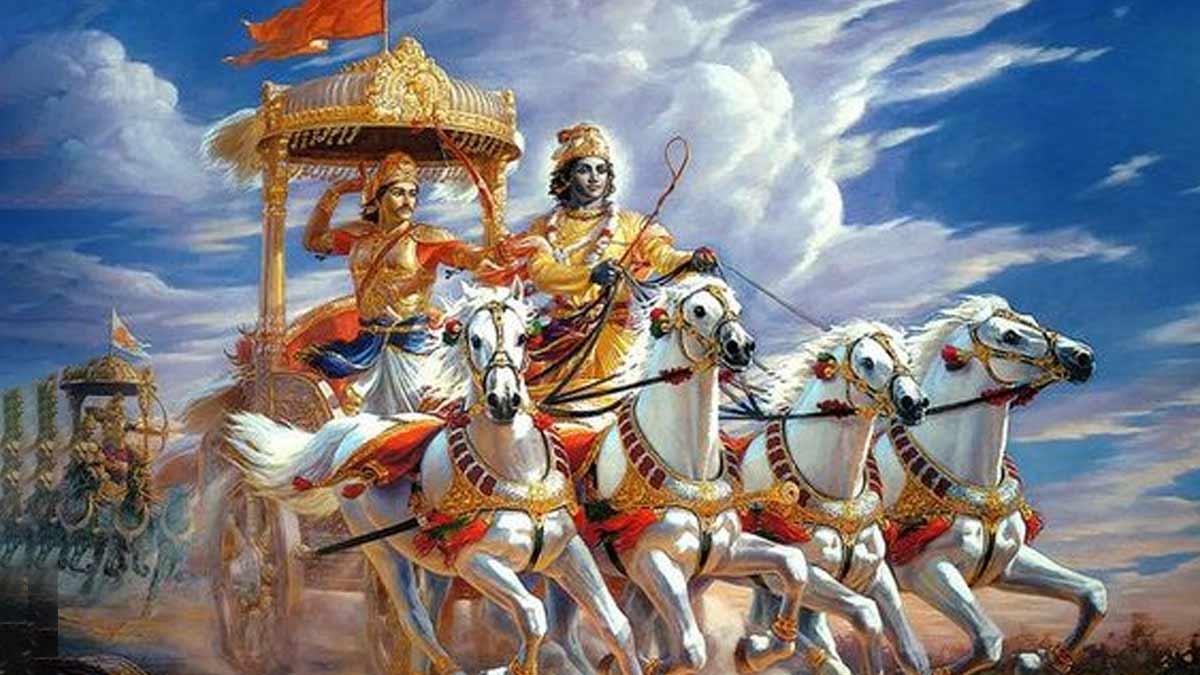Hastar was the first child of the Goddess of Plenty but was very greedy and selfish. He stole all the gold from his other 16 crore siblings and was punished as a result.
Who was Hastar?
As per the legend of Hastar, the Goddess of Abundance (Purti ki Devi) has given birth to 16 crore gods and goddesses. However, her love for her first child, Hastar, ran deep. For the Goddess of Plenty, the Earth is her womb. Hastar soon became the most loved son. The story recounts Hastar’s immense greed as the reason for his demise. Hastar singlehandedly stole all the gold from his siblings. However, before he could steal the grains, his siblings (all other gods and goddesses) plotted together to attack him. Thus, until the end, his only weakness remained the grains. His siblings had planned to shatter him into pieces but the Goddess of Plenty stepped in and stopped others from disintegrating Hastar’s existence. It is to be noted that even though the Goddess of Plenty saved her first child out of love, she punished him by asserting that no one would ever worship him and his name would not be remembered.
Why was Hastar punished?
Hastar was the first child of the Goddess of Plenty but was very greedy and selfish. He stole all the gold from his other 16 crore siblings. Before he could also steal the grains from them, his siblings attacked him. So his siblings which included all other gods and goddesses came together to punish him by disintegrating his existence from the universe.
What is the relevance of Hastar in today’s times?
The moral cliche, as Gandhi Ji has famously quoted, is that the Earth has enough to sustain every man’s need but not every man’s greed fits in perfectly here. Greed, as portrayed through the legend of Hastar, is a bottomless pit that lures the person (in this case, Hastar) in its inexhaustible spiraling without ever reaching satisfaction. The legend teaches us the moral goodness in sharing and ethically forbids us to steal someone else’s share. The continuous battle between our needs and our greed should always be balanced with the morality of ethical sustainability.
Is Hastar real?
None of the Hindu scriptures mention his name, the legend of Hastar seems to have parallels in the Rig Veda and the Mahabharata. Tvastar, the womb god, is mentioned in the Rig Veda as a vivifier. In the Puranas, Lord Vishwakarma is the architect of gods. Further, in the Mahabharata, Hastar’s parallel is an enemy of Lord Indra who creates Vritrasura after Lord Indra killed his son Trishira. Combining these parallel stories, we understand that there was the presence of a womb God who is an enemy of gods. Thus, we find that the legend of Hastar has been briefly mentioned in the scriptures.
What is Tumbbad?
Tumbbad is a small village in the Ratnagiri district of Maharashtra. The villagers believe that there is treasure hidden in Tumbadd, and is yet to be found. Further, based on the legend of Hastar, Tumbbad is also a film shot in this village, that captures the essence of Hastar’s never-ending greed in the form of its protagonist, Vinayak. The film’s genre is horror, and it is one of the true cinematic experiences for a cinema lover. The plot of this film is based on a short story by Narayan Dharap, an eminent Marathi author.
Directed by Rahi Anil Barve, the film Tumbbad is set in 1918 Tumbadd village in Maharashtra where Vinayak’s mother serves Sarkar who is the local lord. She does so to acquire the single gold coin kept with the statue of Hastar. Vinayak also has a younger brother named Sadachiv who dies in the first half of the movie in an accident, forcing Vinayak and his mother to move to Pune. In their village home, Vinayak’s immortal great-grandmother is chained up. The one interaction that Hastar had with his great-grandmother made him obsessed with the hidden treasure in Tumbadd village. 14 years later, when Vinayak grows up, he returns to his native village to escape the spiral of poverty he is stuck in, in Pune. Since Hastar is hungry for the grains he cannot steal from his siblings, Vinayak devises a plan to distract him in the well (symbolic of the goddess’ womb) to steal gold coins from his loincloth. Every time he feels a lack of money, he returns to Tumbadd and repeats this process.
Though he was warned by his great-grandmother about the curse of Hastar’s greed in those who acquired his gold coins, Vinayak paid no heed to this warning and continued stealing these coins. In 1947, Vinayak brings his son inside the well to teach him his art of stealing gold. When Hastar unexpectedly attacks them and they are trapped, Vinayak ties the dough dolls to his chest and acts as a bait so that his son can move out of the well and save himself. In the last scene, we see his son refusing to take any gold from Hastar and watching his father become prey to Hastar’s curse.
The movie Tumbadd was also screened at the 75th Venice International Film Festival, the 2018 Fantastic Fest, and the El Gouna Film Festival.
Resemblance of Hastar in Greek Mythology and the Bible
Cronus is the son of Uranus and Gaia in Greek mythology. Gaia is the Earth Goddess. After being defeated by Zeus, Cronus became the prisoner of the infernal region. Further, in the Bible, there is a character named Mammon who is equivalent to the demon of wealth and greed.
Conclusion
The largest and oldest Dharmic faith with approximately 33 crore deities is Hinduism. The pluralism in Hinduism forbids any devotee or scholar to conclude that Hastar is not real because of the lack of mention of his name in the scriptures. Further, the movie has perfectly portrayed the horror and the embodiment of evil in the movie, based on the beliefs of present-day Tumbadd habitants.


 Comments
Comments.png)











